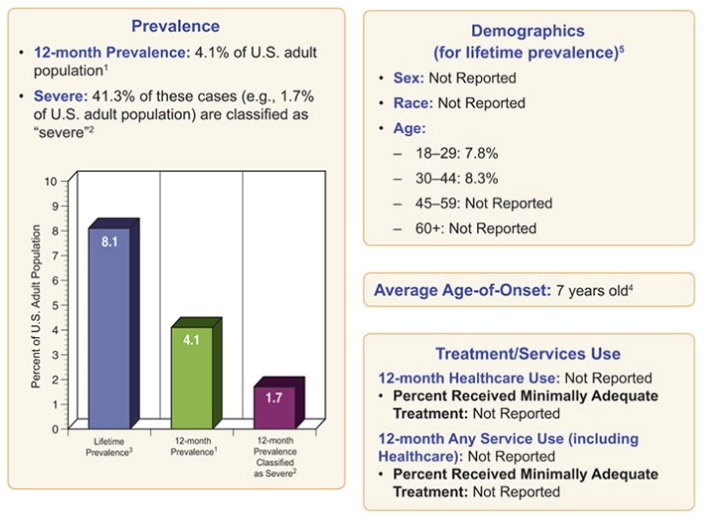ADHD and ADD Among Adults - Statistics and Prevailance
TweetADHD is a neurobehavioral disorder of childhood that often persists into adulthood. CDC uses national surveys that ask parents about their child’s health to monitor the number of children with ADHD and the treatment patterns for these children. The largest of these surveys is the National Survey of Children’s Health, which has been collected every four years since 2003. Previous results from the 2003 and 2007 surveys found that 7.8% and 9.5% of US children aged 4-17 years were reported by their parents to have ever been diagnosed with ADHD by a health care provider in 2003 and 2007, respectively. The current study looked at data from the third National Survey of Children’s Health, conducted in 2011-2012. The findings tell us more about ADHD diagnosis and treatment patterns, and reflect the substantial impact that ADHD has on families.
- More than 1 in 10 (11%) US school-aged children had received an ADHD diagnosis by a health care provider by 2011, as reported by parents.
- The percentage of US children 4-17 years of age with an ADHD diagnosis by a health care provider, as reported by parents, continues to increase.
- The percentage of children 4-17 years of age taking medication for ADHD, as reported by parents, increased by 28% between 2007 and 2011.
- The average age of ADHD diagnosis was 7 years of age, but children reported by their parents as having more severe ADHD were diagnosed earlier.
- More US children were reported by their parents to be receiving ADHD treatment in 2011 compared to 2007, however treatment gaps may exist.
- The patterns in ADHD diagnosis and medication treatment showed increases in the percentages overall, however some new patterns emerged between 2007 and 2011.
- The number of US families impacted by ADHD continues to increase.



Sometimes crying or laughing
are the only options left,
and laughing feels better right now.

Current Issue
 Self Help Leaflets Take the help of our self help leaflets or booklets. |
 The DG Magazine All about living with depression |












